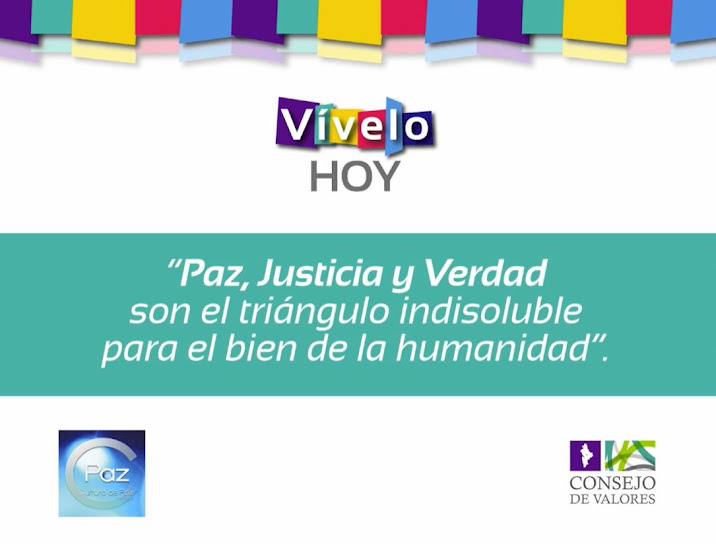We have war
and peace, theory and practice. And deeper down cultures of war and peace,
notions of what the world is or could be. The latter is not necessarily peace,
could also mean removing obstacles to war.
Timothy
Snyder, “Hitler’s World” (NY Review of Books, 24 Sep 2015) and Greg Grandin,
“The Kissinger Effect: The relentless militarism of the national-security state
and its perverse justification begin with Henry Kissinger” (The Nation, 28 Sep
2015) are both on that line.
Hitler’s
World derives from Darwinist struggle for niches, with survival of the fittest.
His niche is not the whole world but what is needed to feed the German people,
and here Ukraine plays a major role. The food chain is key to the image, with
humans on top, eating animals and plants, but not eaten by them. So also for
the human species, divided in races with the Aryan race on top, “fittest” as
evidenced by domination all over; never slaves. On top of them are the Germans;
their state not an end but the military arm obliged to be strongest.
To Hitler
that world is natural, and inherently stable. Values, equality, human rights,
equal right to life, Christianity, capitalism, communism, are anti-natural. For
Hitler such ideas all came from the Jewish “un-nature” anti-race. Removal to
bleak places would benefit the natural order and stability. Killing came later,
in Ukraine.
Kissinger
the German shares the first point, Kissinger the Jew not the second, and
Kissinger the American trumps Hitler with USA as fittest for the world niche;
if it “looks ferocious”. The effect on Americans by will-to-power matters more
than consequences abroad. USA must show that it could have won, stronger than
anybody else, removing obstacles at home and abroad to its natural position as
the world hegemon.
The point
is not that West produces such views, but the holders become key war
practitioners; one even awarded a Nobel Peace Prize.
The Table
offers a broader context of cultures of war and peace.
The Table
brings together two types of war and peace, direct by acts of commission,
structural by acts of omission. The focus is on deep cultures, on more or less
explicit notions about empirical and potential realities. The reader will find
the worldview on the preceding paragraphs as the first war culture, on the top
left.
Much of
this is in the books A Theory of Peace and Abolishing War; the four italicized
in the peace formula. Since this Table has never been seen before, here are
some general comments.
First, West
has practiced all the war cultures. Homer’s Odysseus-Iliad is Western
civilization, with Greeks and Persians chosen by their gods. War is normal;
peace exceptional, for women, children, the old.
Second, the
Chosen categories are in The Holy Bible except for the last two. Inequality
follows, like Judeo-Christian capitalism, with “sustainable debt” and risk-free
interest serving capital accumulation.
Third,
Western faith in war culture dwindles with defeats; except the hard West, USA.
Prevention-preemption, hatred-polarization– anti
communism-terrorism-Islam-Russia–are still on. Economic decline leads to doubts
about Chosenness; but West hangs on to the inequalities, including crippling
the UN. However, with exceptionalism at a tipping point, about to be given up,
there may soon be a major culture-slide. The West may even find structural
peace serving them better. But USA?
Fourth, the
peace cultures come from all over the world, many from the West; like the Rule
of Law, “justice” as punishment and protection of inequality. Christ taught
non-retaliation, but without the depth of conciliation (South Africa). Major
Western contributions are Human Rights, Democracy and ways of overcoming
faultlines, but not (yet) across state borders; hanging on to their Westphalia
state system.
Fifth,
major contributions from non-West include Buddhist peace as relation, network;
nonviolence as concrete practice; power-over-self as defensive defense (also
Switzerland); Law, “justice” as equity; BC, Buddhist-Confucian–also
Islamic–capitalism (from Japan to East Asia in general),
processing-distribution oriented, with capital sharing risks and benefits; and
many other alternatives to capitalism.
Sixth, not
strange if West is poor at conciliation and solution: causing major traumas,
West fears retaliation; benefiting from faultlines and inequalities, West fears
loss of power and privilege. This column’s answer: transcendence, go beyond, to
new realities.
Seventh:
look at the peace culture column. Not bad at all.
Johan Galtung. Profesor de
estudios sobre la Paz, Fundador de la Red de TRANSCEND para
la Paz, el Desarrollo y el Medio Ambiente y Rector de la Universidad-TPU
TRANSCEND Paz. Ha publicado 164 libros sobre temas de paz y afines, de las
cuales 41 han sido traducidos a 35 idiomas, para un total de 135 traducciones
de libros.
Johan Galtung. Transcend.org. 02/11/15














